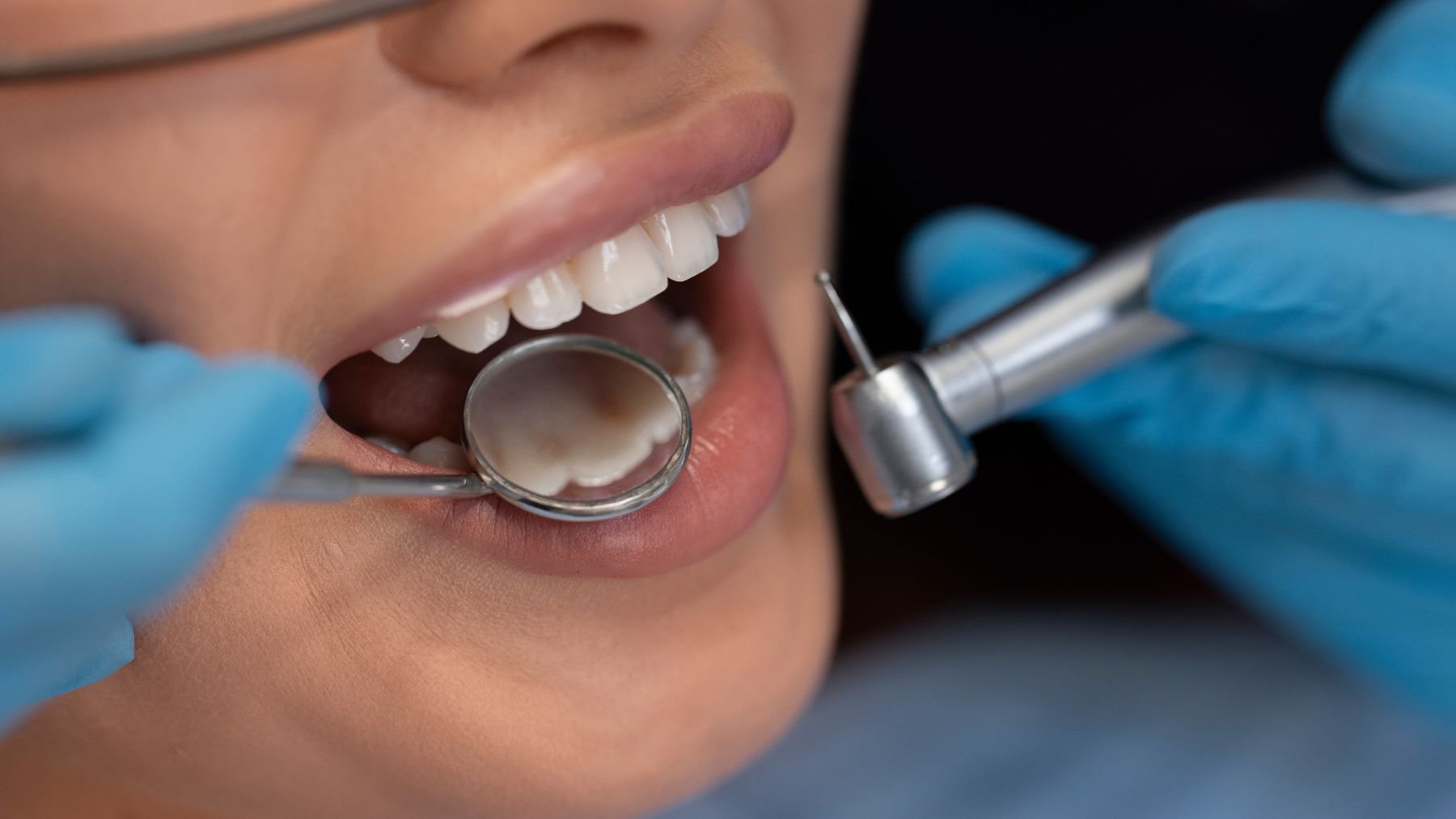Plaque and cavities affect millions of people worldwide, even among those who brush and visit the dentist regularly. Researchers are exploring a natural compound found in vegetables that could help reduce the sticky films responsible for tooth decay. This discovery has the potential to change how daily dental care is approached and may eventually complement traditional hygiene methods for better overall oral health.
While brushing, flossing, and mouthwash remove some bacteria, stubborn biofilms still form on teeth, allowing harmful bacteria to thrive. Scientists are investigating whether naturally occurring compounds can safely break down these films, offering a low-toxicity approach to maintaining cleaner, stronger teeth. Early lab results are encouraging and suggest that everyday foods may hold surprising benefits for oral hygiene.
Researchers have focused on a compound called 3,3′-Diindolylmethane (DIM), also known as bisindole, found naturally in vegetables such as broccoli, cabbage, and Brussels sprouts. Laboratory tests have shown that DIM can destroy up to 90% of the biofilm formed by Streptococcus mutans, the bacteria closely linked to cavities. Its natural origin and selective action against harmful bacteria make DIM a promising candidate for future dental care solutions.
Vegetable-derived compound shows dramatic plaque reduction
The human mouth is an ideal environment for S. mutans, which multiplies quickly after meals in warm, sugary conditions. These bacteria create a sticky layer on teeth called biofilm, which leads to plaque buildup and enamel erosion. In lab experiments, DIM disrupted this biofilm almost completely, preventing the bacteria from multiplying and sticking to teeth.
One of the most appealing aspects of DIM is its low toxicity. Because it is naturally present in vegetables, it may offer a safer alternative compared to harsher chemical agents found in some dental products. The ability to target harmful bacteria without affecting healthy tissues is a key reason why scientists are so interested in this compound.
The study, published in Antibiotics, was led by Prof. Ariel Kushmaro from Ben-Gurion University of the Negev, with collaborators Yifat Baruch, Karina Golberg, Robert S. Marks, Qun Sun, and Karina Yew-Hoong Gin.
Why this discovery could change dental care
If future research confirms DIM’s effectiveness in humans, it could provide a natural complement to brushing and flossing. Incorporating this compound into toothpastes or mouthwashes might help reduce plaque buildup more effectively, potentially lowering the risk of cavities. DIM could also be useful for populations with limited access to professional dental care, offering a simple, food-based approach to maintaining oral health.
Beyond oral health, DIM has been studied for potential anti-carcinogenic effects. Its safety and selective action against bacteria make it a focus of ongoing research. Scientists hope it may serve multiple purposes, though human trials will be essential to confirm its benefits for dental care.
Next steps and research focus
Currently, DIM has only been tested in laboratory settings. No human trials have confirmed its effectiveness in preventing plaque or cavities, so it remains experimental. Researchers are working to determine the proper dosage, application methods, and long-term safety for daily use.
This discovery emphasizes the potential of natural foods to support oral health. While standard dental hygiene—brushing, flossing, and regular checkups—remains essential, DIM may one day provide an additional layer of protection. Its presence in everyday vegetables makes it a particularly appealing option for preventive care.

